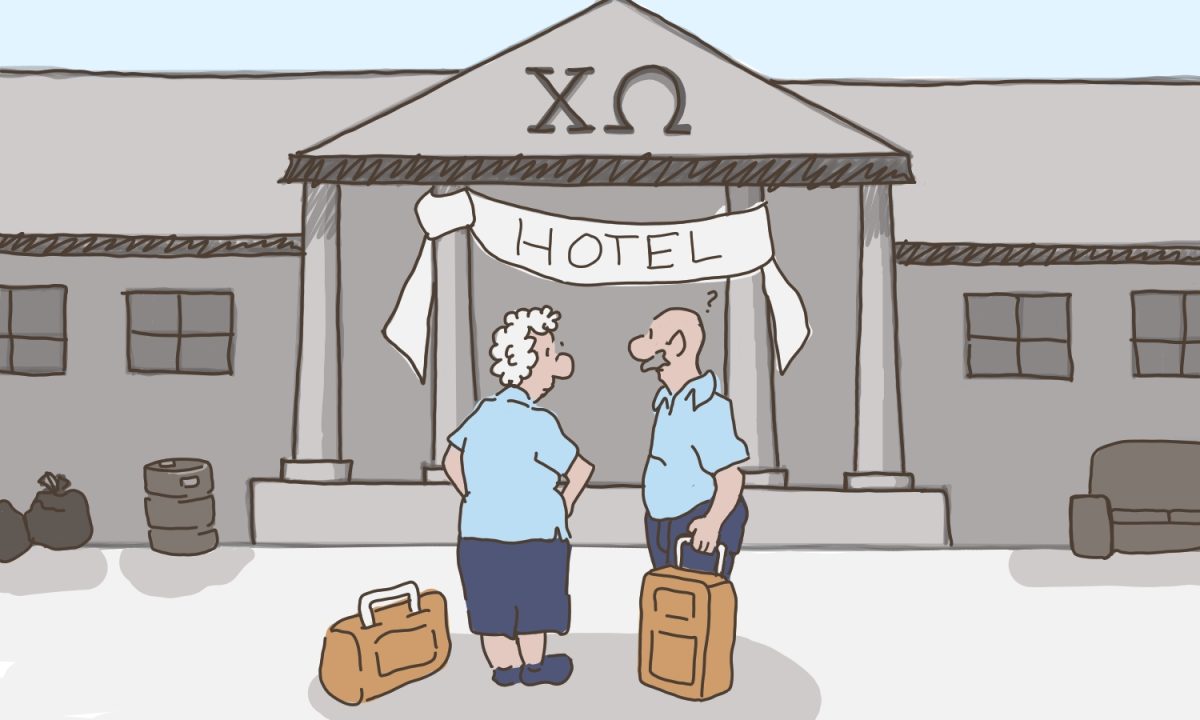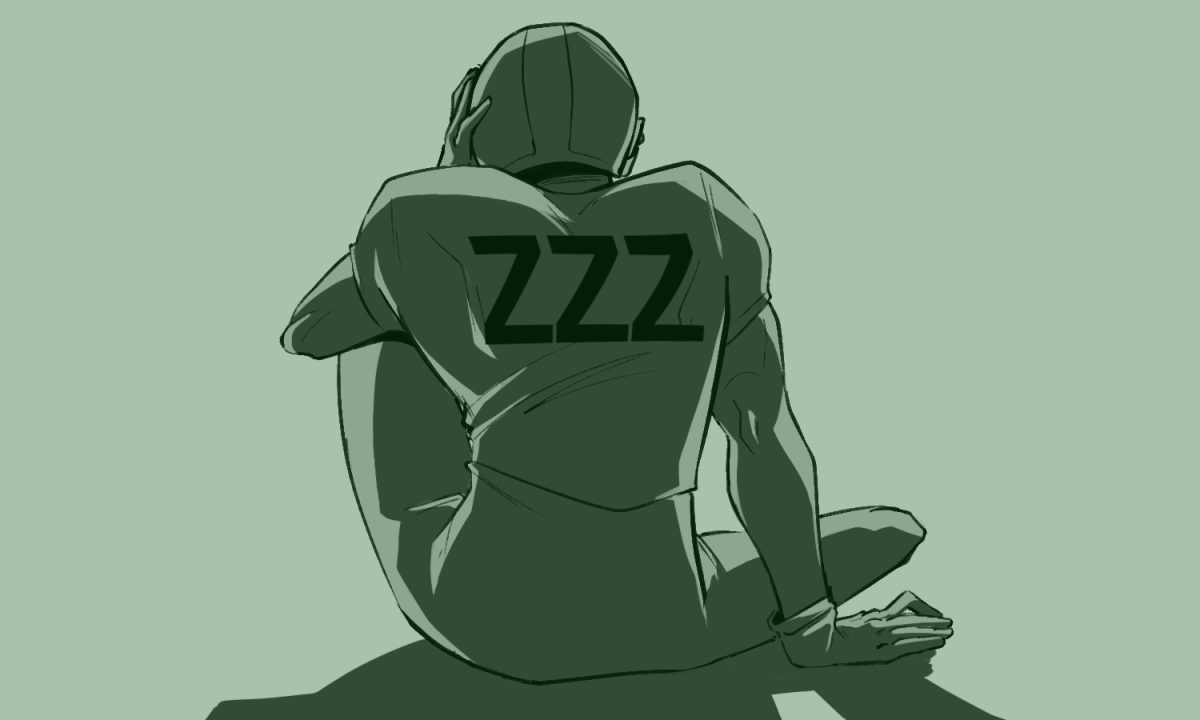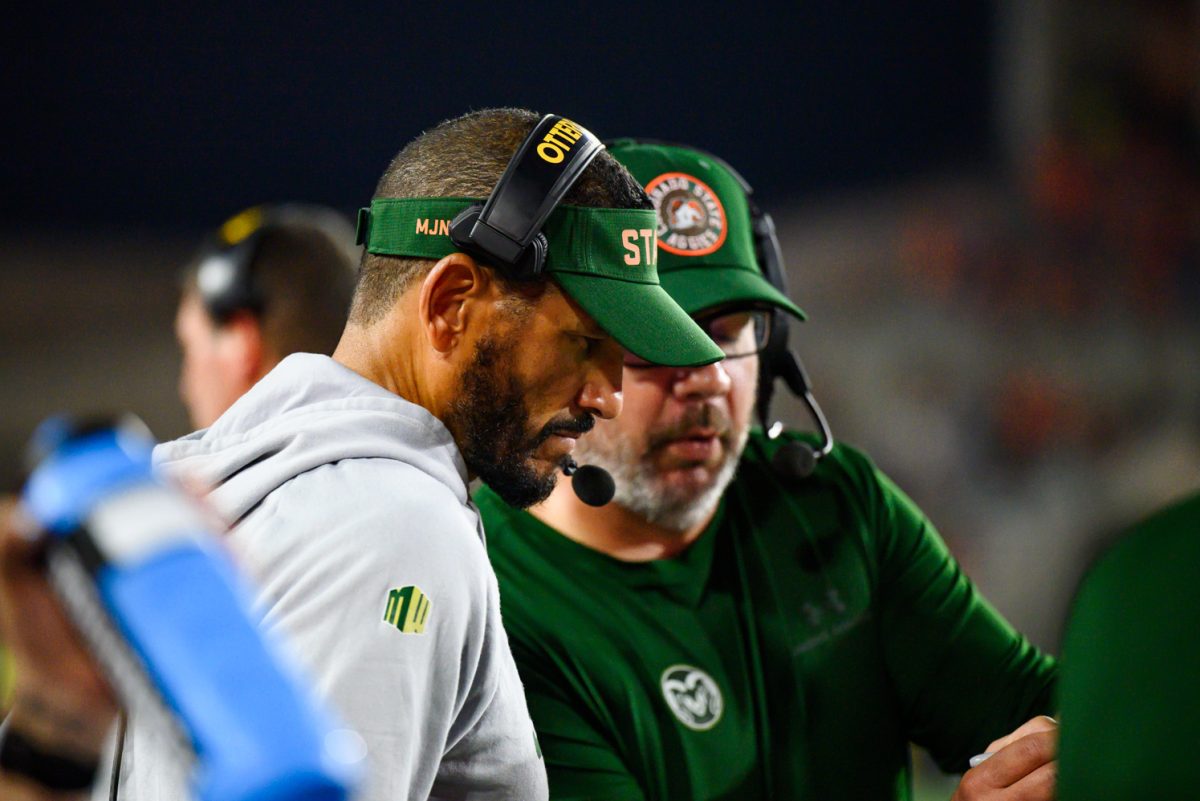Editor’s Note: All opinion section content reflects the views of the individual author only and does not represent a stance taken by The Collegian or its editorial board.
From the outside, a restaurant seems like a lawless place. There’s a 13-year-old kid bussing tables, mysterious characters working in the kitchen and a server crying in the walk-in refrigerator. But this chaos, combined with the constant love-hate dichotomy of serving the general public, provides the strongest sense of community I’ve ever worked in.
To paint a picture of the inner dynamics of this work environment: If a restaurant were a family, the back of house would be the big burly dad, the bartenders would be the cool older sister, the managers would be the mom who helps with your homework and the servers and hosts would be the kids running around making messes.
“There are employees who work in the restaurant part time while they are pursuing something else — usually education. And there are staff who work full time as their career. All these walks of life come together and are equal while clocked in and in the building.”
The restaurant industry is arguably the most diverse workplace there is. There is no limit on age, gender, ability or socioeconomic position. Usually, restaurants are split between the front and back of house. The servers, hosts and bartenders work in the front while the cooks and dishwashers work in the back, and managers bridge the gap between the two. The National Restaurant Association reported that 63% of adults have worked in the restaurant industry, meaning many people have these shared experiences.
Restaurants are fast-paced and high-stress environments with constant problem-solving. Everyone from the hosts to the kitchen must work in unison, or everything unravels very quickly. Servers and managers are the punching bags for the kitchen and guests. If a guest is unhappy, the server deals with it. If the kitchen made the food incorrectly, the server deals with it.
I remember my first big top table with 10 guests when I was a new server. It was a Friday night, and the restaurant was busy. I had never before taken care of a large table, which requires more care and time to serve. Other tables kept sitting in my section simultaneously, and I was trying to juggle everything at once while failing miserably.
I was starting to feel mildly under control until one of the hosts informed me that one of my tables walked out without paying their bill because my service was so bad. That was my last straw, and I broke down in tears. I felt like such a failure and was worried I would have to pay their bill or the managers would be upset.
The managers were understanding and focused on making sure I was OK while disregarding the lost revenue. The other servers filled in and took care of my tables while I collected myself. At the end of the shift, everyone shared a story with me about their first time crying on the job or a similar experience and reassured me I was doing just fine. This compassion is what the restaurant industry is about.
There are employees who work in the restaurant part time while they are pursuing something else — usually education. And there are staff who work full time as their career. All these walks of life come together and are equal while clocked in and in the building.
A study from the Urban Institute Justice Policy Center found that 12% of jobs found after release from prison were in food service. All restaurant positions are revolving doors, but that holds especially true for the back of house. Those who stay are truly the heart of the restaurant.
I would recommend every person work in a restaurant. Not only does it provide insight when something is going wrong while being a guest somewhere else, but it also builds relationships between people who would have never crossed paths otherwise.
Reach Darien Rhoads at letters@collegian.com or on Twitter @darienrhoads.













